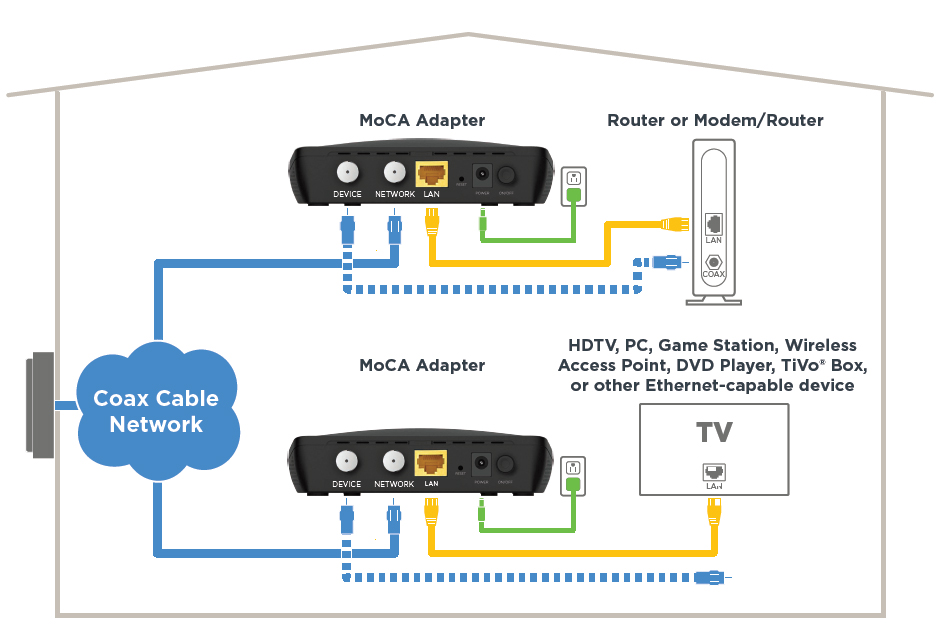


Formal standardization efforts proceeded at the same time and resulted in the publication of IEEE 802.3 on June 23, 1983. Version 2 was published in November 1982 and defines what has become known as Ethernet II. This so-called DIX standard (Digital Intel Xerox) specified 10 Mbit/s Ethernet, with 48-bit destination and source addresses and a global 16-bit Ethertype-type field. Data Link Layer and Physical Layer Specifications". The first standard was published on September 30, 1980, as "The Ethernet, A Local Area Network. As part of that process Xerox agreed to relinquish their 'Ethernet' trademark. He convinced Digital Equipment Corporation (DEC), Intel, and Xerox to work together to promote Ethernet as a standard. Metcalfe left Xerox in June 1979 to form 3Com.
EARTHNET CONNECTION UPGRADE
Yogen Dalal, Ron Crane, Bob Garner, and Roy Ogus facilitated the upgrade from the original 2.94 Mbit/s protocol to the 10 Mbit/s protocol, which was released to the market in 1980. In 1976, after the system was deployed at PARC, Metcalfe and Boggs published a seminal paper. The idea was first documented in a memo that Metcalfe wrote on May 22, 1973, where he named it after the luminiferous aether once postulated to exist as an "omnipresent, completely-passive medium for the propagation of electromagnetic waves." In 1975, Xerox filed a patent application listing Metcalfe, David Boggs, Chuck Thacker, and Butler Lampson as inventors. It was inspired by ALOHAnet, which Robert Metcalfe had studied as part of his PhD dissertation.

Power is drawn from a PS/2 port passthrough cable.Įthernet was developed at Xerox PARC between 19. Supports both coaxial ( 10BASE2) and twisted pair ( 10BASE-T) cables. The Internet Protocol is commonly carried over Ethernet and so it is considered one of the key technologies that make up the Internet.Īccton Etherpocket-SP parallel port Ethernet adapter (circa 1990). EtherType values are also used in Subnetwork Access Protocol (SNAP) headers.Įthernet is widely used in homes and industry, and interworks well with wireless Wi-Fi technologies.
EARTHNET CONNECTION MAC
The 48-bit MAC address was adopted by other IEEE 802 networking standards, including IEEE 802.11 ( Wi-Fi), as well as by FDDI. Per the OSI model, Ethernet provides services up to and including the data link layer. Each frame contains source and destination addresses, and error-checking data so that damaged frames can be detected and discarded most often, higher-layer protocols trigger retransmission of lost frames. Systems communicating over Ethernet divide a stream of data into shorter pieces called frames. The Ethernet standards include several wiring and signaling variants of the OSI physical layer. Over the course of its history, Ethernet data transfer rates have been increased from the original 2.94 Mbit/s to the latest 400 Gbit/s, with rates up to 1.6 Tbit/s under development. More modern Ethernet variants use twisted pair and fiber optic links in conjunction with switches. This was largely superseded by 10BASE2, which used a thinner and more flexible cable that was both cheaper and easier to use. The original 10BASE5 Ethernet uses a thick coaxial cable as a shared medium. Over time, Ethernet has largely replaced competing wired LAN technologies such as Token Ring, FDDI and ARCNET. Ethernet has since been refined to support higher bit rates, a greater number of nodes, and longer link distances, but retains much backward compatibility. It was commercially introduced in 1980 and first standardized in 1983 as IEEE 802.3. Symbol used by Apple on some devices to denote an Ethernet connectionĮthernet ( / ˈ iː θ ər n ɛ t/) is a family of wired computer networking technologies commonly used in local area networks (LAN), metropolitan area networks (MAN) and wide area networks (WAN).


 0 kommentar(er)
0 kommentar(er)
